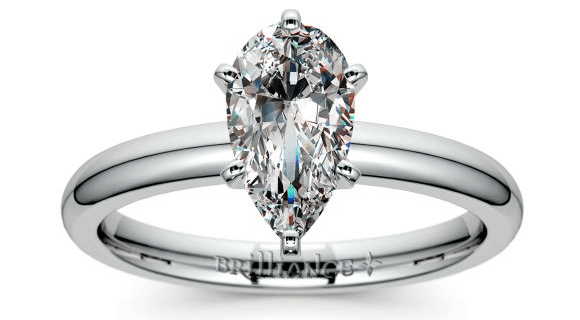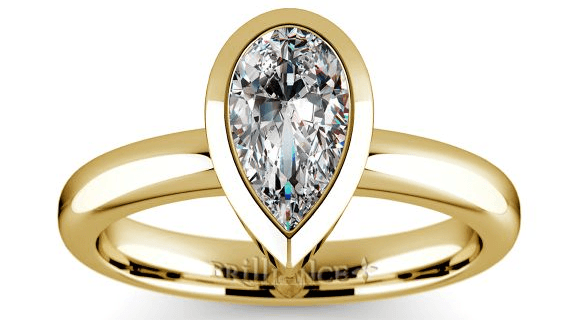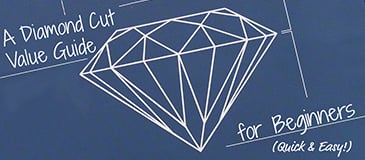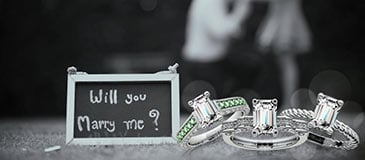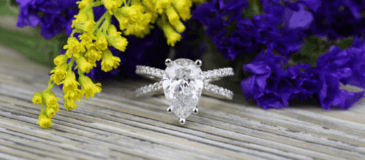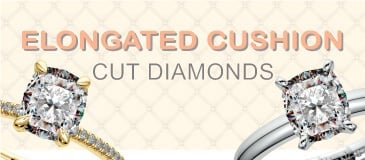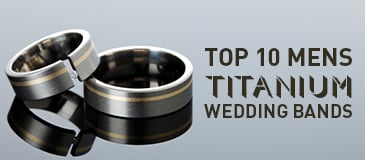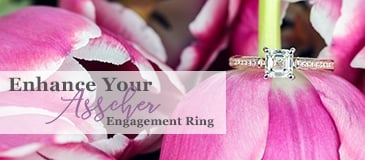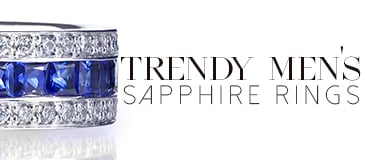Pear Diamond Settings To Keep Your Stone Safe
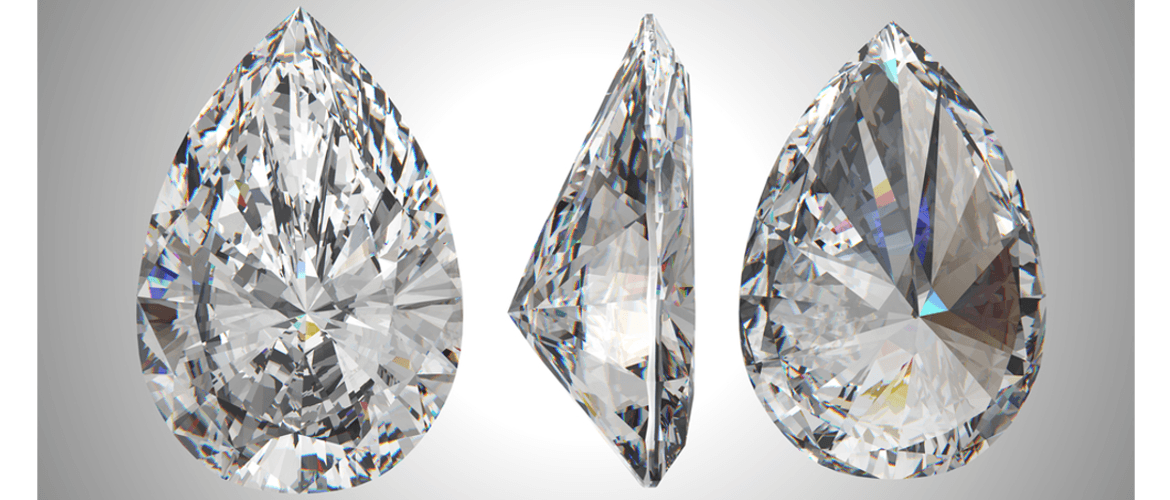
The pear-shaped diamond is a style that stands out in a crowd. This unique cut combines the round brilliant and marquise styles, creating a stone with a rounded bottom and a pointed top. It is a style particularly attractive to couples looking for an original engagement ring. After all, an engagement ring symbolizes the love two people share; it ought to be as unique as they are!
While a pear-shaped diamond can make for a stunning engagement ring, it is important that you work with your jeweler to set the stone properly. The right setting will help ensure that the ring looks it's very best and that it continues to look its best for years to come.
The setting is especially important when your ring features a pear diamond, as the diamond’s pointed tip can become vulnerable to chips and breakage over the years. How will you know which setting suits your stone? We have a few tips to help you present your pear diamond in the best possible way:

